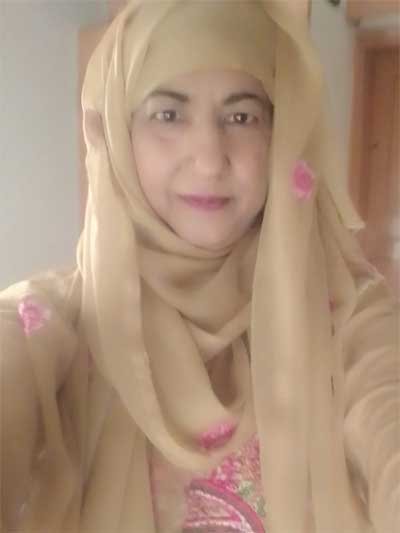A current convention in Islamabad on the theme of Science Communication Diplomacy positioned the highlight on an often-overlooked but essential want: bridging the hole between scientific analysis and public understanding. At first look, the idea might seem sophisticated, however at its coronary heart lies a easy truth-science can’t actually serve humanity if it stays locked away in laboratories and journals, far faraway from the lives of the folks it goals to enhance.
Scientists dedicate themselves to exploring essentially the most urgent challenges going through humanity, from local weather change and financial instability to technological development and public well being. Their discoveries have the facility to reshape societies, however these contributions usually stay confined to tutorial circles. When analysis findings are shared solely in specialised journals, the broader community-citizens, policymakers, and institutions-misses out on insights that might information higher selections.
In developed nations, this problem has been addressed by robust assist techniques for researchers. Governments and establishments present scholarships, grants, and infrastructure that free scientists from monetary burdens, permitting them to focus solely on innovation. Equally necessary, these nations make investments closely in analysis and growth, recognizing that scientific progress is inseparable from financial and social progress. A nation that prioritizes science secures its place on the worldwide stage.
But, science alone can’t obtain influence with out efficient communication. That is the place the media turns into indispensable. Immediately, nobody can deny the affect of mass communication-journalism, tv, movies, and particularly social media. Media not solely delivers info to the general public but in addition shapes views, raises consciousness, and pressures authorities into motion. When utilized positively, it will probably turn into a strong bridge between scientists and society, narrowing the communication hole that has continued for generations.
The media’s duty extends far past leisure or every day information cycles. It’s tasked with highlighting challenges, celebrating achievements, and educating audiences. Nonetheless, with such affect comes the duty to make sure accuracy. Misinformation can distort scientific truths and mislead the general public, creating obstacles as a substitute of bridges. That is why collaboration between scientists and journalists is crucial. Scientists should study to speak their findings in clear, accessible language, whereas journalists should decide to presenting this info with integrity and readability.
The function of Science Communication Diplomacy is to foster these collaborations in a structured, purposeful approach. It isn’t solely about simplifying science for the layperson but in addition about utilizing science as a device to reinforce mutual understanding between nations. When nations share information, analysis, and improvements by way of efficient communication, they strengthen diplomatic ties and contribute to world progress.
The challenges are many. Scientists are sometimes hesitant to step into the general public eye, preferring the safety of their analysis work. On the identical time, media retailers generally prioritize sensationalism over accuracy. Overcoming these obstacles requires acutely aware effort: scientists should acknowledge their duty to have interaction with the general public, and media professionals should perceive the significance of scientific literacy. By amplifying one another’s strengths, each communities can encourage belief and spark curiosity among the many wider inhabitants.
The Islamabad convention marked an necessary step towards this imaginative and prescient. It underlined that progress in science isn’t just about experiments and information; it’s about making information accessible, relatable, and usable for all. By showcasing the achievements of researchers and highlighting the real-world purposes of their work, we are able to inspire younger folks to pursue careers in science and innovation. Inspiration usually begins with consciousness.
As a scientist, I really feel a private obligation to make my work comprehensible and helpful to these outdoors my subject. Data, when shared brazenly, multiplies its worth. If we reach constructing efficient channels between scientists, media, policymakers, and the general public, we are going to unlock science’s true potential: to form societies, resolve issues, and safe a brighter future.
The journey of science communication diplomacy has solely simply begun, but it surely carries inside it the promise of transformative change. It’s a name to scientists and communicators alike to step ahead, collaborate, and contribute to a world the place information shouldn’t be confined to the few however shared for the great of all.

